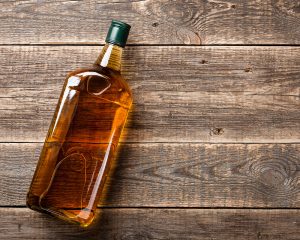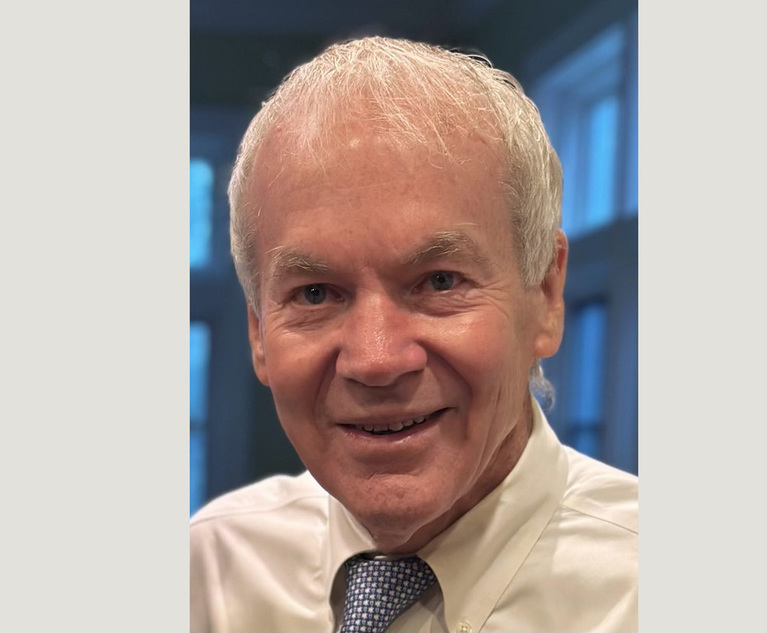The U.S. Supreme Court, in a unanimous decision, vacated a decision by the U.S. Court of Appeals for the Ninth Circuit that in effect barred trademark infringement and dilution claims against the use of a trademark that parodies the plaintiff’s trademark.
In so doing, the court made it clear that the “Rogers Test,” a standard developed by the U.S. Court of Appeals for the Second Circuit and adopted by some, but not all the Federal Circuit Courts of Appeal, to identify protected fair use of trademarks in “artistic works,” does not apply if the alleged infringer is using another’s trademark “as a mark” to identify and distinguish the alleged infringer’s own goods. Therefore, even if the use of another’s trademark is claimed to be part of an artistic work or parody, if the alleged infringing mark is used as an indication of source, the standard likelihood of confusion analysis must be used to determine if such use constitutes trademark infringement.
This content has been archived. It is available through our partners, LexisNexis® and Bloomberg Law.
To view this content, please continue to their sites.
Not a Lexis Subscriber?
Subscribe Now
Not a Bloomberg Law Subscriber?
Subscribe Now
LexisNexis® and Bloomberg Law are third party online distributors of the broad collection of current and archived versions of ALM's legal news publications. LexisNexis® and Bloomberg Law customers are able to access and use ALM's content, including content from the National Law Journal, The American Lawyer, Legaltech News, The New York Law Journal, and Corporate Counsel, as well as other sources of legal information.
For questions call 1-877-256-2472 or contact us at [email protected]


 Source: Adobe Stock
Source: Adobe Stock




